Welcome to the evolution.
For eight years, we've been covering Kaged Muscle Supplements, which started with the legendary Pre-Kaged pre-workout supplement. We've always stood firm behind the brand's mission and goals, which perfectly align with our high-demands for the industry:

Welcome to the Evolution. Kaged Muscle is now known as Kaged, and they're kicking 2022 off in truly Elite fashion...
- Efficacious, innovative, and transparent supplement dosing
- Natural colors and flavors
- Third-party lab tests
- Honest, community-driven branding
This year, Kaged makes the next step in their evolution. They're taking their mission to provide cleaner, healthier, science-backed supplements to another level. An elite level.
Kaged Muscle is now Kaged
As explained on Episode #058 with Michael McClane and Darin Decker on the PricePlow Podcast, Kaged Muscle has been renamed to Kaged. They showed their rebranded look and discussed where they're headed next for 2022 and beyond.
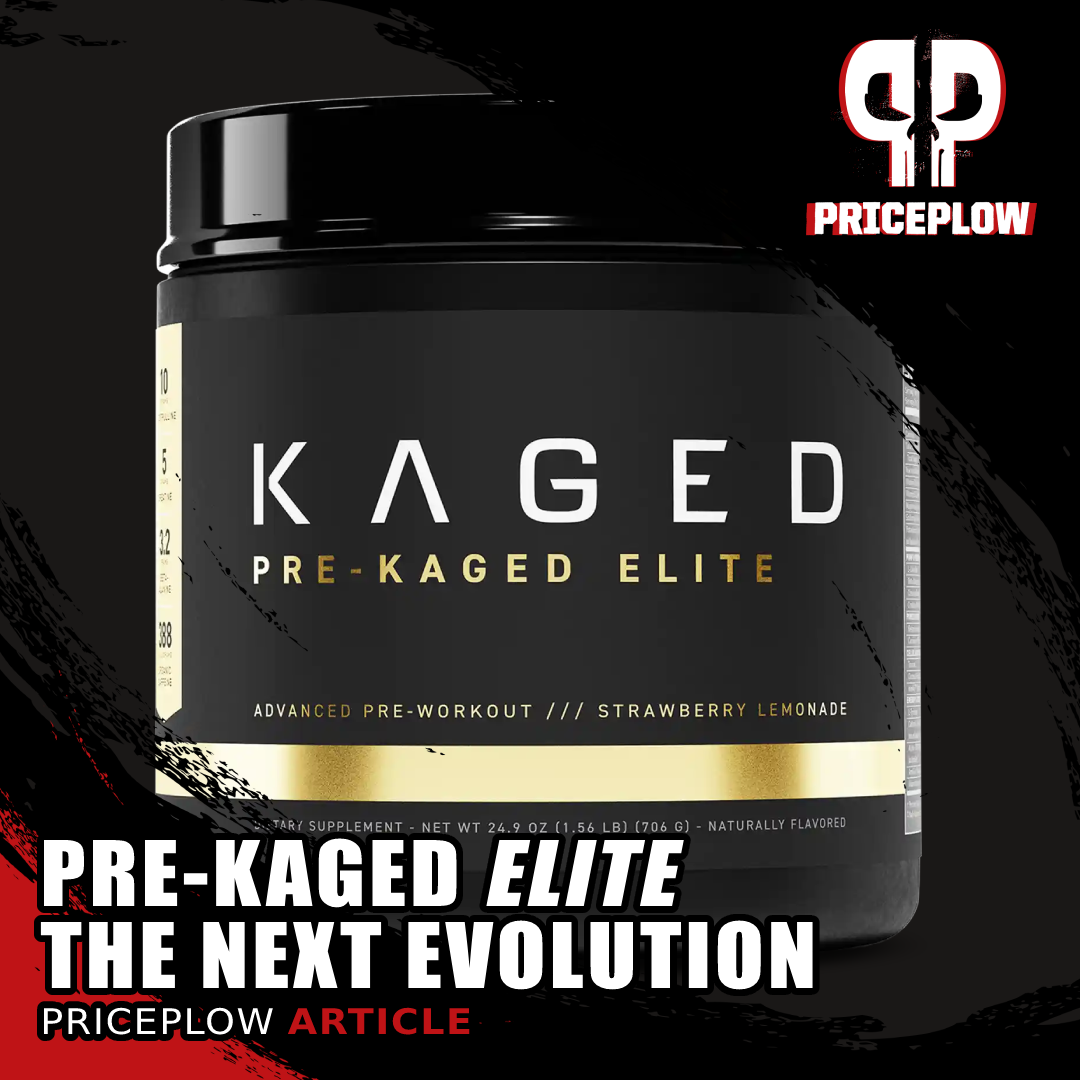
Pre-Kaged Elite takes pre-workout supplementation to new heights, featuring an insane 10 grams of L-citrulline in a protein-sized 35 gram scoop that's simply loaded!
It all starts with Pre-Kaged Elite.
Pre-Kaged Elite: A pre-workout for athletes who need more
Pre-Kaged Elite is the next level of pre-workout supplements developed for elite athletes who need more from their workout. It provides massive energy - but also clean energy - and takes Pre-Kaged pumps to explosive new heights.
Inside, you'll see some eye-opening stats, such as 10 grams of L-citrulline and 388 milligrams of naturally-sourced caffeine in a 35 gram scoop that rivals your protein scooper. From an efficacious dose of CreaClear creatine monohydrate to a rarely-seen 2.5 gram dose of tyrosine to added nitrates, Pre-Kaged Elite has it all - and then some.
In this article, we discuss this behemoth of a pre-workout supplement after showing our coupon-based price listings below. But make sure you sign up for our Kaged news alerts, because there's clearly a lot more coming this year:
Kaged Pre-Kaged Elite Series – Deals and Price Drop Alerts
Get Price Alerts
No spam, no scams.
Disclosure: PricePlow relies on pricing from stores with which we have a business relationship. We work hard to keep pricing current, but you may find a better offer.
Posts are sponsored in part by the retailers and/or brands listed on this page.
This area is reserved for Team PricePlow's upcoming Ingredients video.
Subscribe to our channel and sign up for notifications so you catch it when it goes live!
Pre-Kaged Elite Ingredients
An insane 35 gram scoop of Pre-Kaged brings you the following gargantuan formula, fronted by 10 grams of citrulline and 388 milligrams of caffeine:
-
Pump & Performance
-
L-Citrulline - 10000 mg
Can you believe this?! You should, because it's very much real: Kaged put a whopping 10 grams of nitric oxide boosting L-citrulline into Pre-Kaged Elite. Just as they innovated in 2014 with 6.5 grams in the original Pre-Kaged, they've done it again in the Elite version!
Why 10 grams?
Before getting into L-citrulline's background, let's cut right to the chase for those who are familiar with the ingredient but want to understand the dosage: why 10 grams?!
A 2018 article published in Nutrients discussing L-citrulline's impact on cardiometabolic health provides us the sound clip, referencing another study that tested 2, 5, 10 or 15 grams of the ingredient:[1]
One such human study demonstrated a tolerance of up to 15 g l-citrulline per day in healthy volunteers.[2] By comparison, high-doses of l-arginine (~13 g) can induce significant gastrointestinal complications.[3,4] However, at 15 g doses of l-citrulline, a lower fractional absorption rate and plasma retention of l-citrulline was observed, potentially due to saturation of its transporters (e.g., ASC or B0,+-amino acid transporters) or reduced renal conversion of l-citrulline to l-arginine.
As such, the authors suggested a dose of 10 g l-citrulline for clinical use.[2] However, for increasing circulating l-arginine concentrations, doses of l-citrulline as low as 3 g have been shown to be effective.[5] Thus, the minimum effective dose is ~3 g/day, whereas the maximal effective dose may be as high as 10 g/day.[1]
(Emphasis ours)
Yes, this study showed that plasma citrulline increases in a dose-dependent manner up to 15 grams (not shown), but the conversion to arginine hits a wall after 10 grams,[2] making it the optimal dose recommended by researchers.[1]
Looking at the 2008 study they cite, the data is pretty clear: 10 grams L-Citrulline vastly outperforms 5 grams, but hits the law of diminishing returns after that.[2] While plasma L-citrulline levels increase in a dose-dependent response, the amount that actually gets converted to L-arginine hits a wall. Kaged is moving further down the cost curve to snag that extra arginine, and any more is simply wasteful for nearly all athletes.
This is covered in greater detail in our article titled 10 Grams of Citrulline?! Why Pre-Kaged Elite Goes Big and Competitors Go Home.
What is citrulline?
If you're new here and this is your first time reading about L-citrulline or pre-workout supplements, realize that you're definitely jumping into the deep end with Pre-Kaged Elite. However, to back things up, L-citrulline is an amino acid that's often found in watermelon that acts as a precursor to L-arginine, another amino acid that's the actual precursor for the nitric oxide (NO) gas molecule.[6]
The increased arginine leads to a nitric oxide boost, which causes a well-documented effect known as vasodilation, where the blood vessels relax and widen, leading to improved blood flow. With better blood flow, we see a reduction in blood pressure, improved nutrient delivery, and best of all... incredible muscle pumps!
Then why not just use arginine?
This often leads new readers to ask, "Why not just use L-arginine?" which is a good question and was what supplement companies originally did. However, in the 2000s, researchers demonstrated that supplementing L-citrulline leads to more resulting nitric oxide than supplementing arginine itself.[5] Reason being, citrulline circumvents the "first pass effect" where L-arginine gets broken down too quickly during the digestive process.[7-10]
The conversion of citrulline to arginine actually occurs in the kidneys,[10] beyond the reach of the digestive system. This ultimately makes citrulline work better for our intended purposes.[5]
Numerous benefits from added NO production
As most of us know by now, when used alone, citrulline beats out arginine when it comes to raising nitric oxide levels.[5]
With the mechanism laid out, and a highly-functioning nitric oxide boost, we've seen incredible downstream benefits from citrulline, such as better ATP (cellular energy) production, greater work output, and improved recovery post-workout.[11-13] A recent meta analysis published in 2020 also confirmed findings on L-citrulline's endurance improvements, since it can help with metabolic waste removal, leading to lower states of perceived exertion and less soreness.[14]
As mentioned above, 3 grams of L-citrulline (or 6 grams of citrulline malate) is generally the minimum effective dose where statistically significant nitric oxide boosts occur.[1,15] Kaged is using three times that amount. And this isn't the only ingredient getting some mega-dosing.
Fun note: to get this much citrulline, you'd need to eat somewhere from 7.3 to 16.5 lbs of watermelon, depending on the quality of the fruit![1,16-18]
-
Beta Alanine (as Carnosyn) - 3200 mg
The monstrous citrulline dose can increase endurance, but here's our real endurance-booster: beta alanine. When you consume this amino acid, once it combines with the essential amino acid L-Histidine (found in your food / protein), you'll get better production of carnosine.[19,20] Carnosine is important because it can buffer muscle lactic acid, thereby increasing muscular endurance.
A semi-controversial ingredient because it provides a non-toxic tingling sensation known as paresthesia, beta alanine has a major safety study showing that it "does not adversely affect those consuming it".[21] For us, we feel those tingles, and it's time to get working out.
But does it work?
There have been so many studies on beta alanine that we have two large meta analyses analyzing the summation of the data. In 2012, researchers combined studies on 360 participants in 15 different studies, showing that beta alanine worked best in exercises 1-4 minutes long.[22] However, an even more extensive 2016 meta-analysis run on 1461 participants across 40 different studies showed that beta alanine boosts endurance in exercises ranging from 30 seconds to 10 minutes![23]
There's also some great synergy with creatine,[24] which we (unsurprisingly) have plenty of in Pre-Kaged Elite! This leads us right to our two creatine-based ingredients:
-
Creatine Monohydrate (as CreaClear) - 3000 mg
Our first of two forms of creatine, we have creatine monohydrate as CreaClear. Most of our readers know about creatine (we discuss its benefits below), so let's first talk about how this version is unique.
What is CreaClear?
Honestly, after looking at the patent, it's almost as if Kaged under-sells how great CreaClear is. Very happy to see it in Pre-Kaged Elite
In 2018, Kaged Muscle released CreaClear, a creatine monohydrate supplement encapsulated with a milk protein to improve bioavailability and prevent early breakdown that would otherwise lead to ill-fated creatinine conversion. It's based upon a patent,[25] which we covered extensively in our detailed article titled Kaged Muscle CreaClear Makes Creatine Monohydrate Cool Again.
Despite creatine monohydrate's mountain of research (discussed below), many consumers (including Kaged spokesman Kris Gethin himself) always had gut issues with plain creatine monohydrate. This is why they always leveraged creatine hydrochloride in earlier supplements - until discovering CreaClear.
According to the patent, CreaClear lasts way longer in water than creatine monohydrate.[25] If this is true, better drink that monohydrate-based pre workout fast... or just use Pre-Kaged Elite!
Unlike standard creatine monohydrate, CreaClear is able to stay stable in water for as long as a month, and the protective coating can last within the gut long enough to get it further down the digestive tract - it takes roughly three minutes in stomach acid to break it down and release the creatine inside.[25]
This led to one of the most promising new creatine supplements on the market, and was easily one of the best innovations for creatine in well over a decade.
How does creatine work?
Now that we know we're going to get creatine -- even if we leave Pre-Kaged Elite in water for a while -- we can discuss its mechanism and well-established benefits. Creatine works as a phosphate donor, helping the body generate more of its "energy token" known as ATP, or adenosine triphosphate.[26-30]
What are the benefits of creatine?
Easier ATP production means more cellular energy, carrying benefits all throughout the body, which we've seen in several creatine studies - many of which have been replicated and meta-analyzed to ensure legitimacy:
- Increased power[31,32]
- Easier weight gain,[32]
- Lean muscle mass gains,[32-36]
- Improved sprint speed,[37-39]
- Better hydration,[40]
- Lower fatigue,[41-44]
- Better overall well-being[45-47]
- Sharpened Cognition (in vegans/vegetarians)[48,49]
- Slight testosterone level increases[26,50-53]
- Improved bone mineral density (especially in vegans / vegetarians)[35]
We're beyond the point of dispute - creatine is safe and effective, and we believe CreaClear is even moreso.
The general dosage depends on your size and meat consumption, but generally, 3-5 grams per day is the recommended amount. We'll get more than that with this and the next ingredient, which adds even more pumps:
-
Creatine Nitrate (NO3-T) - 2000 mg
Providing roughly 1.35 grams of creatine and ~650 milligrams of nitrate, creatine nitrate not only adds to the creatine dosage above, but it amplifies the pumps we get from citrulline as well!
Last image from the CreaClear section: Minutes 2 and 3. Creatine finally gets released to the intestine for delivery[25] and theoretically shouldn't be destroyed in the stomach!
First, let's key in on some creatine nitrate based research. Research specifically done on this form of nitrate has shown that it significantly increase bench press power,[54-56] leg strength (as measured on leg press),[55] and endurance on leg press.[55] It also has a very positive safety profile,[54,57] which is unsurprising given nitrate's mechanisms (discussed below) and creatine's ATP-boosting properties (discussed above).
How do nitrates work?
Nitrate (NO3) is found in various fruits and vegetables (we often see beets used as a source), and it boosts nitric oxide levels - but in a very unique pathway that differs from the one used with citrulline above. First, nitrate is metabolized into nitrite, and enters the bloodstream from the intestines, heading back towards the salivary glands. There, we have a family of enzymes that actually convert it to nitric oxide![58-60]
A large meta analysis covering many of the studies cited below shows that this mechanism induces better blood flow, performance improvements, and increased endurance similar to what we see from other nitric oxide supplements like citrulline![61] Let's get into those specific benefits:
Nitrate benefits
- Plasma nitric oxide increases[62,63]
- Enhanced blood flow[64]
- Improved strength / better power and force production[62,65]
- Better athletic endurance[66,67]
- Reduced recovery time, increased cellular energy[63,65,68]
- Lower oxygen requirements and use for training[64,66,67,69]
Again, a 2013 meta analysis covers much of this and more, and the research has only become better established since then. Nitrates are great to have for training, especially alongside Pre-Kaged Elite's monstrous dose of citrulline. All the better that we're using creatine nitrate to push our creatine dose over 3 grams!
-
-
Power & Burn
The performance enhancers aren't done yet. Here we have two ingredients with even more athletic benefits:
-
Betaine Anhydrous (as BetaPower) - 2500 mg
Also known as trimethylglycine, betaine is an osmolytic ingredient that helps maintain and regulate fluid levels across cells, which increases cellular strength[70] and helps protect them from heat shock.[71]
We are Kaged. Betaine has research demonstrating increased arm size in men[78,79] and fat loss in women![80]
For years, researchers demonstrated improvements in performance when supplementing athletes with betaine.[72-77] But it was really in 2013 and 2014 when betaine made its mark on the sports nutrition industry, where a study showed that a 2.5 gram dose (what we have here) taken daily led to 5.3 pounds of lean mass gained and 6.4 pounds of fat lost paired with an intense training program.[78,79] Kaged bodybuilders will also be happy to know that arm size increased significantly!
But it's not just power - Kaged put betaine in the Power & Burn blend because betaine not only increased fat loss in men in the study above,[78,79] but that same 2.5 gram daily dose demonstrated significant fat loss in women in a subsequent study![80]
Just a snippet on one of the mechanisms - whereas creatine is a phosphate donor, betaine acts as a methyl donor (remember, its scientific name is trimethylglycine). This provides incredible benefits and ensures the body has what it needs to keep reactions going.
-
L-Carnitine Tartrate (as Carnipure) - 1500 mg
To further help with fat loss, we need the molecule that will transport fatty acids to the mitochondria to get burnt/oxidized: L-carnitine. First, let's start with the athletic benefits, since Pre-Kaged is a pre-workout supplement, after all.
Athletic benefits of L-Carnitine: large meta-analysis
A major 2018 review that cited over 200 pieces of research found that L-carnitine supplementation significantly improves power output, increases blood flow, boosts oxygen uptake, helps with recovery, and decreases muscle soreness.[81] Even when they eat fair amounts of red meat (which contains the most L-carnitine), athletes use their carnitine pools faster than sedentary humans, and need more to get more done. This is why it's known as a conditionally essential amino acid - the body can make it, but we do a lot better when we ingest more and stop taxing our biology by allowing ourselves to get low.How it works: the fat oxidation angle
L-carnitine plays a major role in cellular energy production because it transports fatty acids to the mitochondria so that they can make ATP (as discussed in the creatine section above).[82] Although we can make it from lysine and methionine, athletes (and deficient low-carnitine dieters) will outpace their production, driving energy and fat metabolism down.
Metabolic effects of carnitine
"L-carnitine function. l-carnitine shuttles long-chain fatty acids inside the mitochondria by forming a long chain acetylcarnitine ester. The complex is then transported into the mitochondrial matrix... the fatty acids are then broken down through the process of β-oxidation to deliver the 2-carbon molecules to the Krebs cycle, leading to the generation of energy under the form of adenosine triphosphate (ATP). In addition, by binding an acetyl group, l-carnitine can maintain the levels of Acetyl-CoA and coenzyme A, playing its buffering role."[81]
Since this is the Power & Burn blend, it's worth discussing the weight loss research, which mostly depends on the diet of its participants. A meta-analysis published in 2016 reviewed nine randomized controlled studies, finding that L-carnitine helps dieters lose significantly more weight and reduce BMI (body mass index) better than placebo.[83] It's also been shown to improve insulin sensitivity and blood sugar response.[84]
Carnitine deficient? Then supplement more!
As alluded to above, carnitine's weight loss success depends on how carnitine-deficient dieters are in the first place! The best-performing studies are on those who ingest the least -- or utilize the most. This includes vegans and vegetarians,[85-88] seniors,[89,90] and overtrained athletes.[81]
Even though we expect Kaged athletes to understand proper nutrition, a hard workout can still waste your carnitine pool, and that's why Pre-Kaged Elite brings you more.
-
-
Cellular Hydration & ATP Amplifier
-
Taurine - 2000 mg
Betaine isn't the only osmolyte in the formula - in Pre-Kaged Elite we get a whopping two gram dose of taurine, betaine's perfect pair. Taurine is another ingredient that helps with water balance in the body, helping to boost muscle contraction biochemistry (thanks to improved calcium signaling) while reducing oxidative stress and improving fat digestion.[91-94]
Most importantly for Pre-Kaged Elite's purposes, we get near-immediate endurance gains, as shown by a large meta analysis published in 2018.[93] There, the researchers found that 1-6 gram doses can improve athletic endurance, and on the first dose! As you can see, we have a 2 gram dose, more than enough to meet those claims.
These researchers (Mark Waldron, Stephen David Patterson, Jamie Tallent, and Owen Jeffries) waded through a ton of unacceptable studies to find those that properly dealt with endurance... and then came to a solid conclusion![93]
Taurine also brings various cognitive benefits[92] and even a dash of nitric oxide production support.[94] If you really want to dive deep on taurine's benefits, you can read the 2021 article published in Molecules titled "The Role of Taurine in Mitochondria Health: More Than Just an Antioxidant", which cites 250 studies covering the incredible uses and mechanisms of this ingredient.[95]
-
Coconut Fruit Water Powder - 500 mg
Coconut water powder has long been popular in pre and intra workouts for its hydration and electrolyte-replenishing effects. Image courtesy Wikimedia Commons
We're not done with hydration yet - to top off the betaine and taurine, we have coconut water powder, which adds electrolytes and helps with hydration.[96,97] Scientists have found that coconut water works just as well as various "sports drinks" in terms of hydration. Generally, this ingredient provides a bit more potassium than other electrolyte formulas.
-
ElevATP (Ancient Peat and apple fruit extract) - 150 mg
ElevATP is a unique ingredient made from ancient peat and apple extract. It was given its name due to its ability to boost ATP levels, as first demonstrated by two internal studies.[98,99]
Further peer-reviewed research was published demonstrating this ATP boost, furthering elevATP's status in the sports nutrition world.[100] However, it wasn't until another study that looked at performance really put it on the map: 150 milligrams of elevATP per day led to significant increases in 1 rep max for both squat and deadlift - and that was in trained men.[101] In that study, vertical jump velocity and power increased in the elevATP group as well.
-
-
Energy & Focus
All that above - and we haven't even gotten to the energy and focus part of Pre-Kaged Elite!
-
L-Tyrosine - 2500 mg
The original Pre-Kaged had a lot of tyrosine, but not like this! Here we have a massive 2.5 grams of L-tyrosine to ramp up neurotransmitter production. This amino acid is a precursor to high-energy, high-focus neurotransmitters like dopamine and norepinephrine.[102] With the help of L-tyrosine, the sympathetic nervous system gets a boost to engage in the "fight or flight" mode.
Almost nobody is more adamant about quality sleep than Kaged (see their Sleep-SR sleep aid), but in case you've had a bad night, L-Tyrosine is there for you. Research has shown that the amino acid leads to incredible cognitive benefits and improvements even when under duress or sleep deprivation.[103,104]
Again, this dosage goes above and beyond what we're used to - 2.5 grams is bigtime. We're often happy with 500 milligrams as a bare minimum, yet generally like to see 1 gram. Kaged went with a dosage well beyond that!
-
Caffeine (from PurCaf caffeine and AmaTea Ilex guayusa) - 388 mg
Here we go! A scoop of Pre-Kaged Elite brings 388 milligrams of total caffeine provided by two natural sources in PurCaf (from green coffee beans) and AmaTea (from Ilex guayusa). This is a large dose, and in Episode #058 of the PricePlow Podcast, Kaged has gone on the record stating that it is the highest they will go - up from 274 milligrams in the original Pre-Kaged.
Why does Kaged Muscle only use PurCaf caffeine? Outside of it being naturally-derived, there may be some fringe benefits to keeping caffeine with its natural counterparts.
While the dose is indeed large, there are two things to note:
- The tremendous amount of vasodilation agents (from citrulline and creatine nitrate) decrease blood pressure enough to the point that it reduces the overall stimulant effect - so this doesn't feel like you took a 388 milligram caffeine pill.
- Users anecdotally report that natural sources often provide less of a "pump-and-dump" - the typical caffeine crash doesn't seem to happen as much.
We discussed PurCaf in depth in our recently-updated article titled Why Kaged Muscle Uses PurCaf (Natural Caffeine from Green Coffee Beans), highlighting the natural components found inside (such as the chlorogenic acids) that may contribute to some additive health benefits, although the vast majority of PurCaf is caffeine.
How caffeine works
Caffeine is also known as trimethylxanthine, and wakes you up by crossing the blood-brain-barrier to inhibit sleep-inducing adenosine.[105] As most are aware, this upregulates neural activity, leading to better cognitive and physical performance and reduced fatigue levels.[105] In addition, caffeine stirs up a bit of extra fat oxidation, freeing up fatty acids for you to utilize as energy when training[106-108] - and thankfully, we have enough L-carnitine to get the fatty acids to the mitochondria!
Caffeine and strength
~400mg caffeine is the dose that will get most people closest to 5-6mg/kg per day, where several research studies have proven successful. We're very close to that here, and thanks to the other ingredients, we expect this pre-workout to bring some serious strength gains regardless of whether or not caffeine plays a role in that.
At this level of caffeine, we can start looking at the strength increases seen in research. It mostly depends on body weight, but there are two separate reviews concluding that doses of 5 to 6 milligrams per kilogram of body weight can cause significant strength increases.[109,110] For those who are roughly 170 pounds or less, we're going to be in that ballpark.
It's worth mentioning that we expect greater strength gains from the creatine, nitrate, and betaine more than caffeine, and are mostly here for energy.
388 milligrams of caffeine total
So as to prevent label confusion, we explain Ilex Guayusa below - we're not sure how much each ingredient provides, but the total caffeine yield is 388 milligrams, and that's what matters. Kaged has told us that 368 of the 388 milligrams of caffeine are coming from PurCaf, and the other 20 are from the Ilex.
-
Alpha-GPC (Alpha-Glyceryl Phosphoryl Choline 50%) (as AlphaSize) - 300 mg
Pre-Kaged Elite also works to get you focused, and it does this by way of boosting acetylcholine levels with Alpha-GPC, a high-bioavailability choline source. We often dub acetylcholine as the "learning neurotransmitter" since it's so active at synaptic junctions and supports numerous cognitive functions.
Too amped up from Pre-Kaged Elite? Sleep SR is a one capsule sustained-release sleep aid that will have you feeling good with more serotonin, and keep you asleep with long-lasting melatonin!
Studies have shown that added choline helps both cognition and muscle function, and that low choline intake is associated with deteriorated cognitive outcomes as well.[111,112] In addition, choline (a member of the B-vitamin family ) helps with cell membrane structure and strength.[113]
So with alpha-GPC, you get an increase in choline levels, but below with huperzine A, we protect them.
While several brands have moved to generic alpha-GPC, that is unacceptable to formulator Brian Rand, who reminds us that the generics have no studies, are laden with impurities and are adulterated, and are often manufactured using genotoxic and endotoxic impurities. AlphaSize has led the way with high-quality alpha-GPC since the beginning, and is the trusted choice for Kaged!
-
AmaTea (Guayusa [Ilex Guayusa] Leaf Extract) - 100 mg
A unique addition to Kaged's stimulant blend, which has traditionally relied on PurCaf, Ilex Guayusa is a member of the holly family that's native to Central America, where it's used as a morning stimulant and much more.[114,115]
A newcomer to the Kaged family of natural ingredients, Ilex Guayusa has some unique constituents not often found in caffeinated plants. Image courtesy Wikimedia
Ilex Guayusa is rich in xanthines like caffeine and theobromine, in addition to health-beneficial flavonoids and chlorogenic acids.[116-119]
What makes Ilex interesting is that it also contains ursolic acid, which is unusual for caffeinated plants.[120] Ursolic acid may bring some added properties that can improve body recomposition and increase insulin sensitivity,[121] although there's likely not enough to make claims for it.
According to Kaged Muscle, Ilex is providing 20 milligrams of caffeine (of the 388 milligrams total), leaving 80 milligrams for the other constituents.
-
Huperzia serrata extract (1% Huperzine A) - 10 mg (providing 100 mcg Huperzine A)
To assist with the alpha-GPC listed above, we need to provide some protection for the acetylcholine that's generated. Kaged does this with a 100 microgram dosage of Huperzine A, provided by Huperzia serrata extract.
Huperzine A works as an acetylcholinesterase inhibitor, which means that it inhibits the action of the enzyme that targets and breaks down acetylcholine.[122] This helps provide stronger and longer-lasting focus, since our alpha-GPC induced acetylcholine surge will last longer, ultimately providing better focus when we need it.
Studies performed directly on huperzine A have shown that it can increase learning capabilities and improve overall cognitive performance,[123] and even more interesting, it has been shown to stimulate new nerve cell growth (neurogenesis)![124]
-
-
Added B-Vitamins
Unsurprisingly with a company like Kaged, Pre-Kaged Elite has added B Vitamins (and added minerals are also listed next):
- Niacin (as Niacinamide) - 30 mg (188% DV)
- Vitamin B6 (as Pyridoxal-5-Phosphate) - 35 mg (2059% DV)
- Vitamin B12 (as Methylcobalamin) - 1000 mcg (41667% DV)
The niacin (Vitamin B3) dose is the same as in Pre-Kaged, providing some NAD+ production support,[125] which can greatly help with cellular energy production alongside our other mitochondria-supporting ATP boosters like creatine.
We're really glad to see the switch to the active form of vitamin B6, now in Pyridoxal-5-Phosphate (P5P), which is readily absorbed and easily used,[126] supporting better energy conversion, neurotransmission, and metabolism.[127] It has none of the drawbacks of pyridoxine,[128,129] the inactive form that the body must convert.
Finally, the vitamin B12 dose (also as the active form in methylcobalamin) has been doubled from Pre-Kaged to a monstrous 1000 micrograms, or 41667% of the recommended daily value!
-
Added Minerals
- Magnesium (as Magnesium Citrate) - 65 mg (15% DV)
- Sodium (as Pink Himalayan Sea Salt) - 280 mg (12% DV)
- Potassium (as Coconut Fruit Water Powder, Potassium Citrate, and Dipotassium Phosphate) - 250 mg (5% DV)
Kaged knows the importance of getting enough minerals and electrolytes in when training. A great primer is to read the article titled "The Importance of Salt in the Athlete's Diet".[130]
Flavors Available
As always, remember that Kaged uses natural flavor systems, natural colors, and as little sucralose as possible by primarily relying on stevia's steviol glycosides for sweetening.
The Evolution of Kaged
On January 2, 2022, Kaged published their Evolution Event, where spokesman and founding partner Kris Gethin tells the genesis story of Kaged Muscle along with their founding principles. He then discusses their name change to Kaged, shows their new rebranded look and apparel, and where they're headed next:
Never Stop Evolving
Their new slogan, changed from "Evolve With Us": "Never Stop Evolving".
"More than a slogan, this is a declaration of relentless growth. It's a call to action to hit the gym with consistency - to get up early without the snooze button - to optimize your nutrition with precision and stay disciplined to your own evolution.
No weak excuses. This is the Kaged lifestyle and if you join our family, you are living it with us."
-- Kris Gethin, founding member and spokesman of Kaged
What's coming next for Kaged?!
Watch the video above until the end -- you'll see some incredible teasers of things to come:
- Clean Meal Bar
- A Kaged Energy Drink
Both of which will stick to the company's stance on natural, organic, ethically-sourced ingredients.
Pre-Kaged and Pre-Kaged Sport will stay
As a reminder from Episode #058 with Michael McClane and Darin Decker on the PricePlow Podcast, the classic Pre-Kaged and Pre-Kaged Sport will remain, although they'll eventually be switched to the new minimalist tubs.
Pre-Kaged Elite is the Elite Pre Workout of 2022
This formula is exactly what they said it is: elite. We're only a few days into the year, and we already have what could potentially be the best pre-workout supplement of the entire year!
There's no way around it - this formula is beyond massive, and it's larger than a lot of protein powder scoops we've used. It's mind-blowing that in a time when companies are clamping down on their L-citrulline use or ditching the ingredient altogether due to supply chain issues, Brian Rand and the team at Kaged have doubled down (nearly literally) with a 10 gram dosage - and the science backs up why!
If this is what the new Kaged is going to look like, then count us in. We've always stood behind the brand's stance on testing, using as many natural ingredients as possible, and efficacious dosing. Pre-Kaged Elite just takes it to a whole new level, going to lengths that very few are willing to go to.
Are you ready to start your evolution?
Kaged Pre-Kaged Elite Series – Deals and Price Drop Alerts
Get Price Alerts
No spam, no scams.
Disclosure: PricePlow relies on pricing from stores with which we have a business relationship. We work hard to keep pricing current, but you may find a better offer.
Posts are sponsored in part by the retailers and/or brands listed on this page.
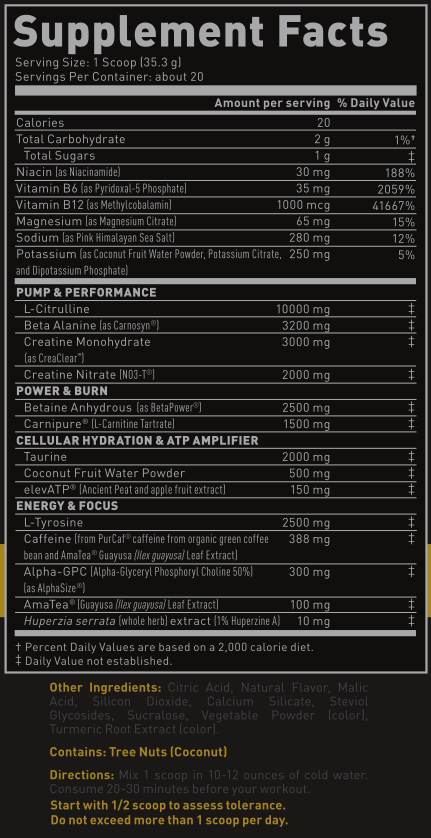
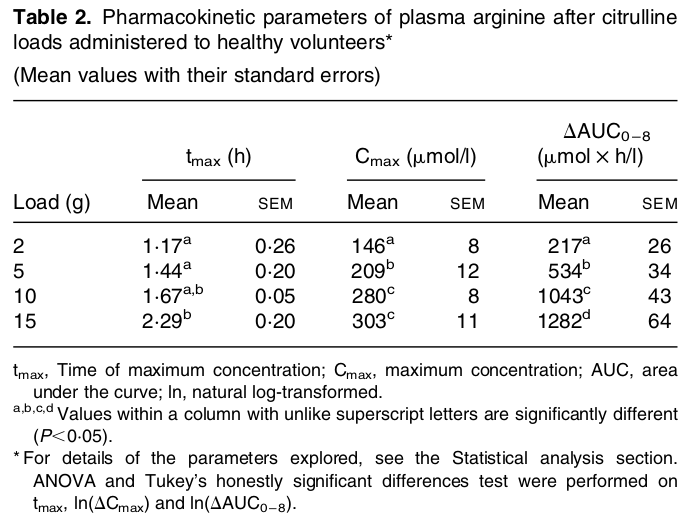
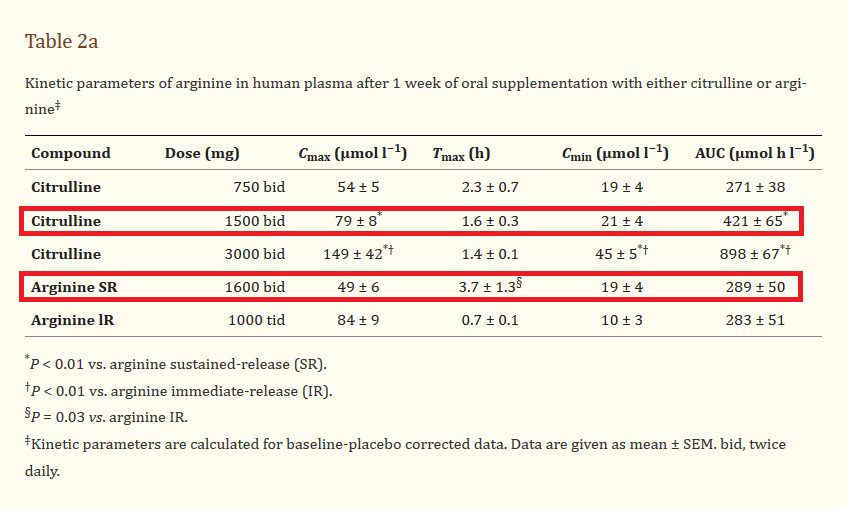

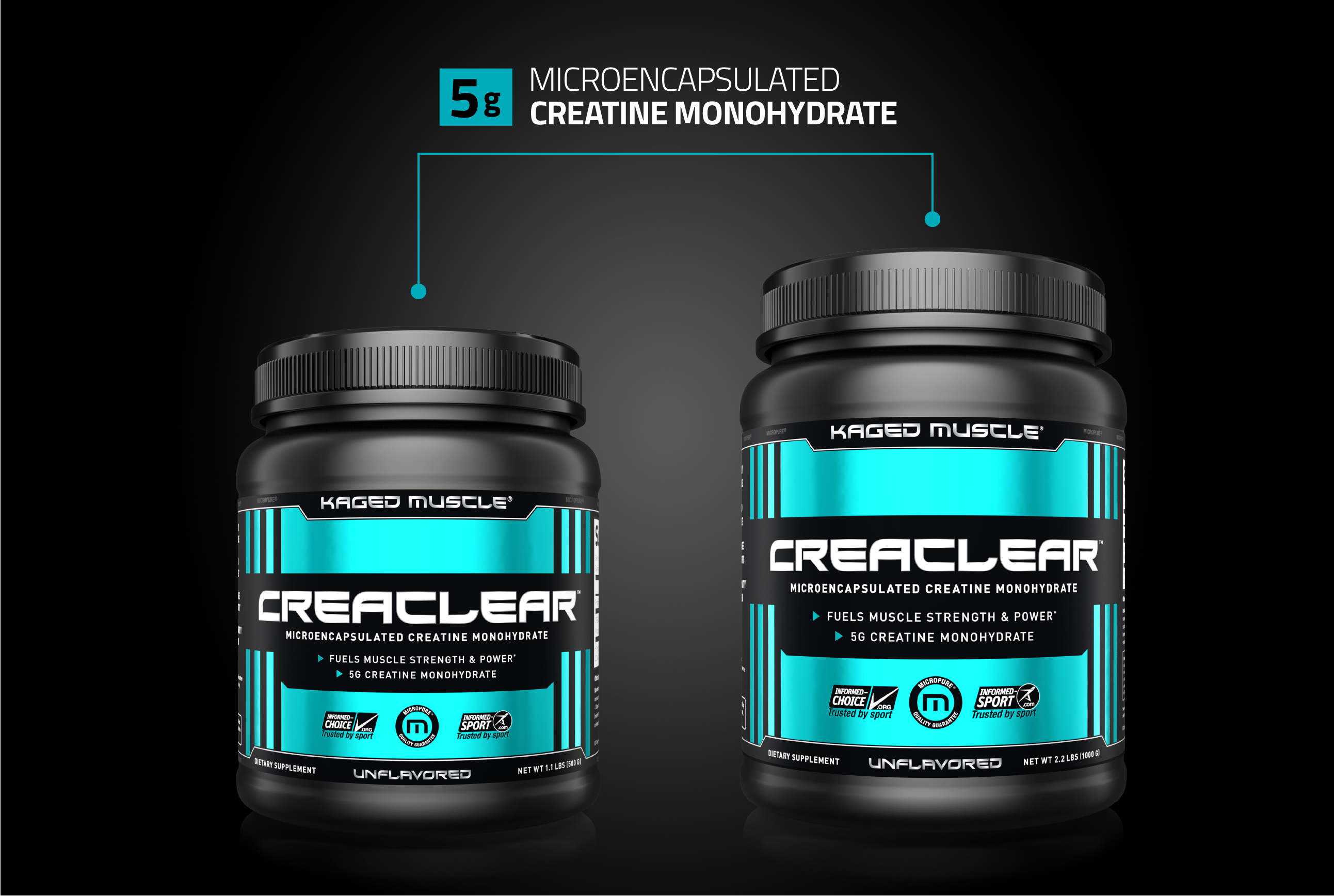
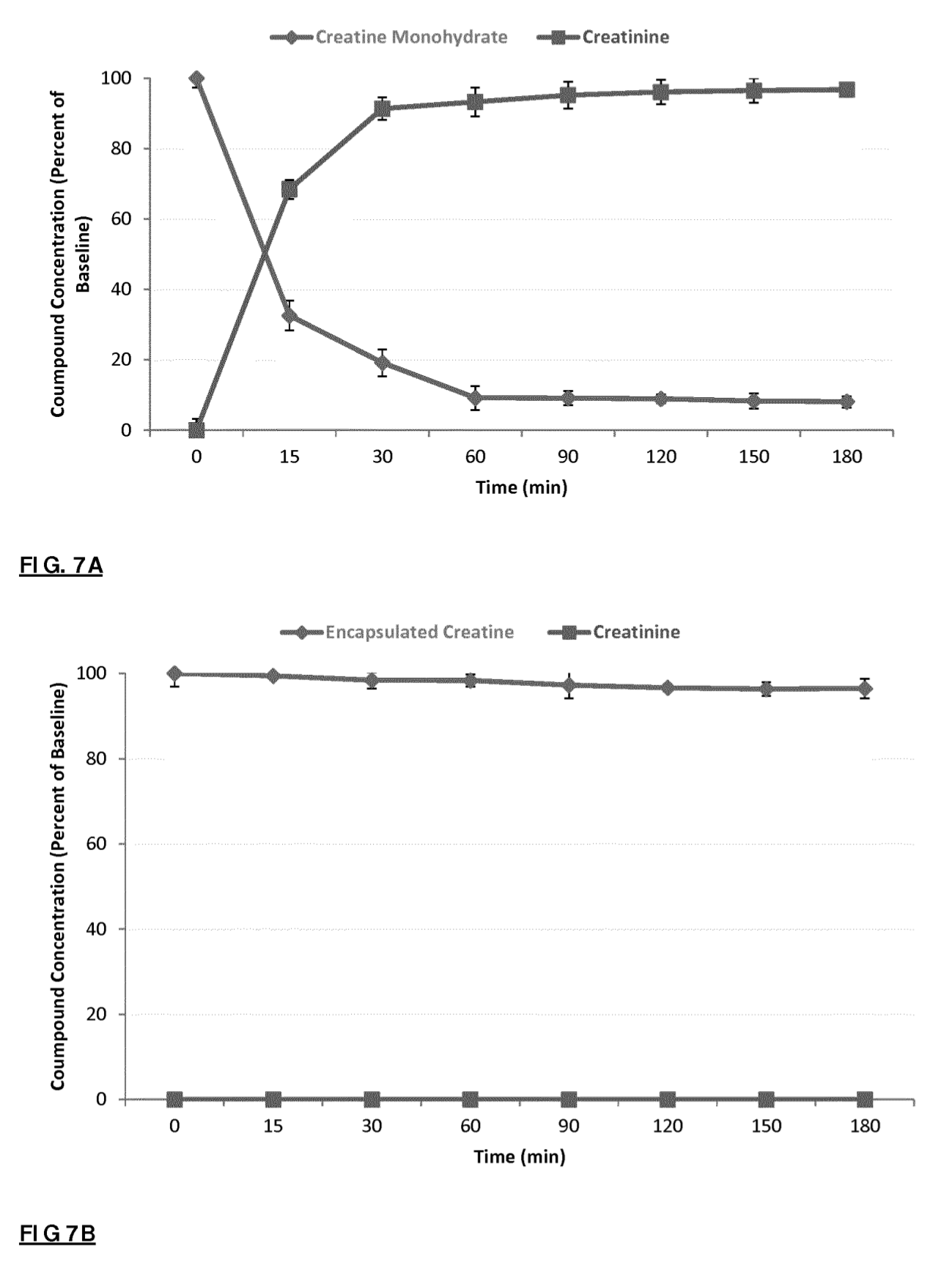
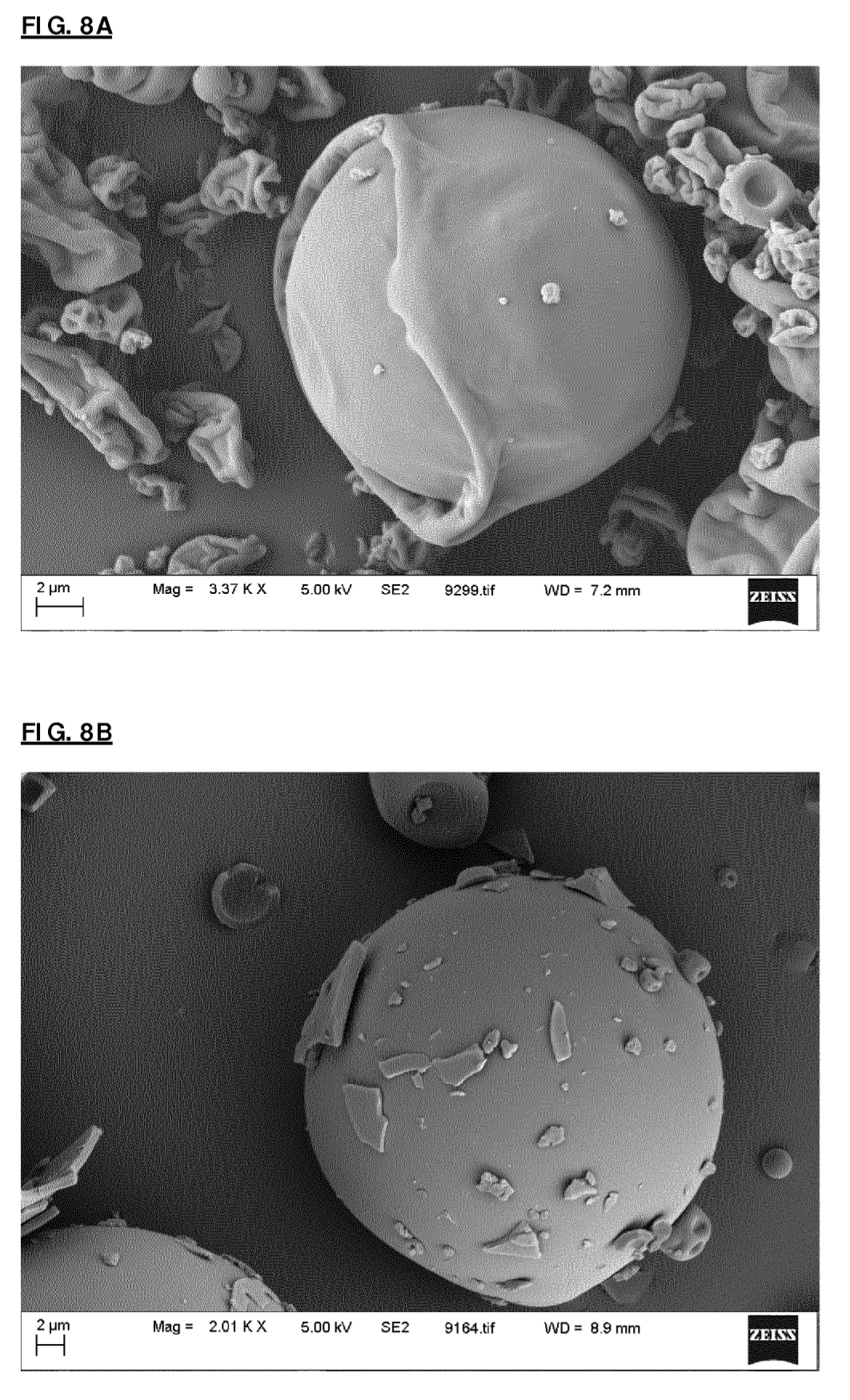
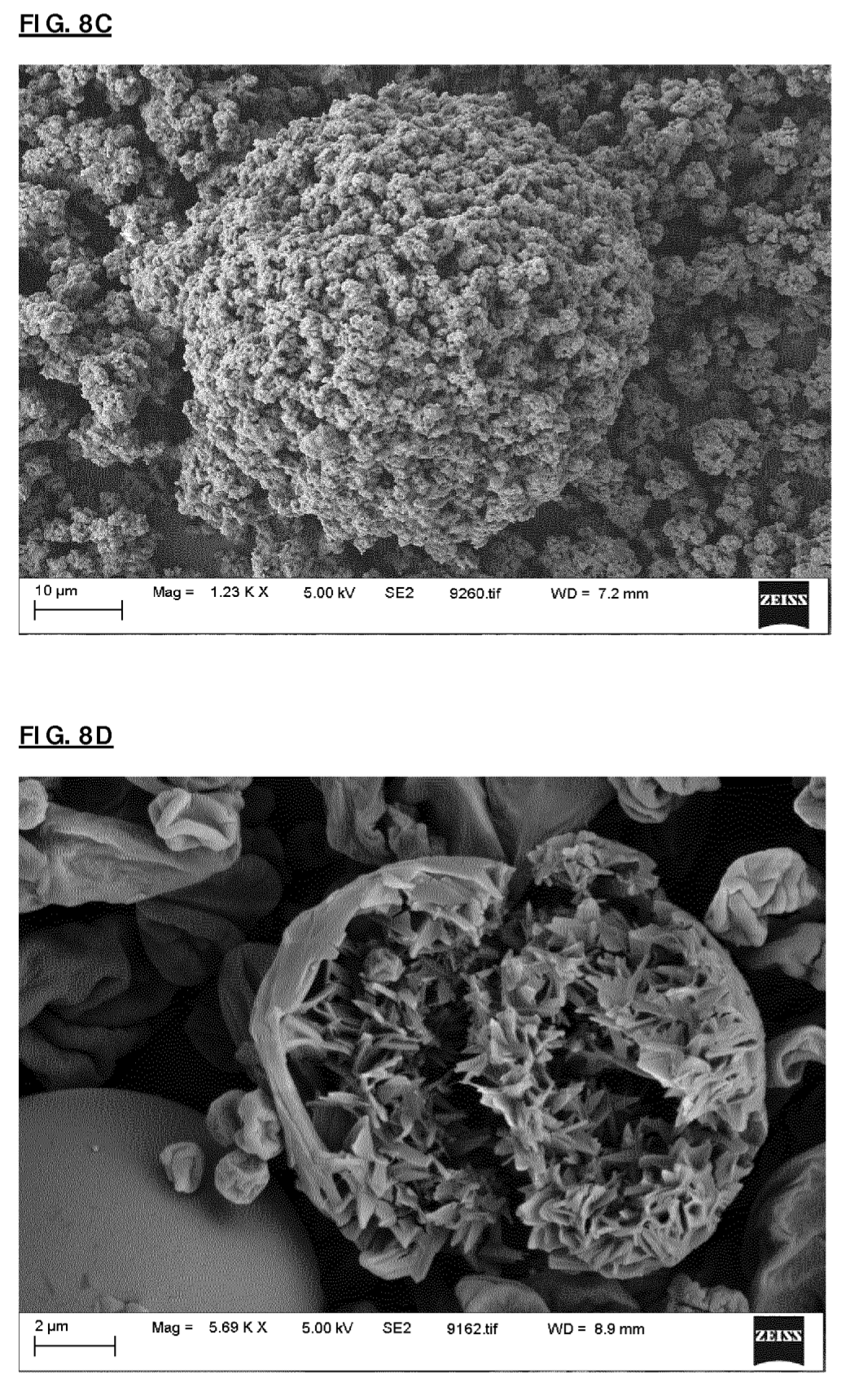

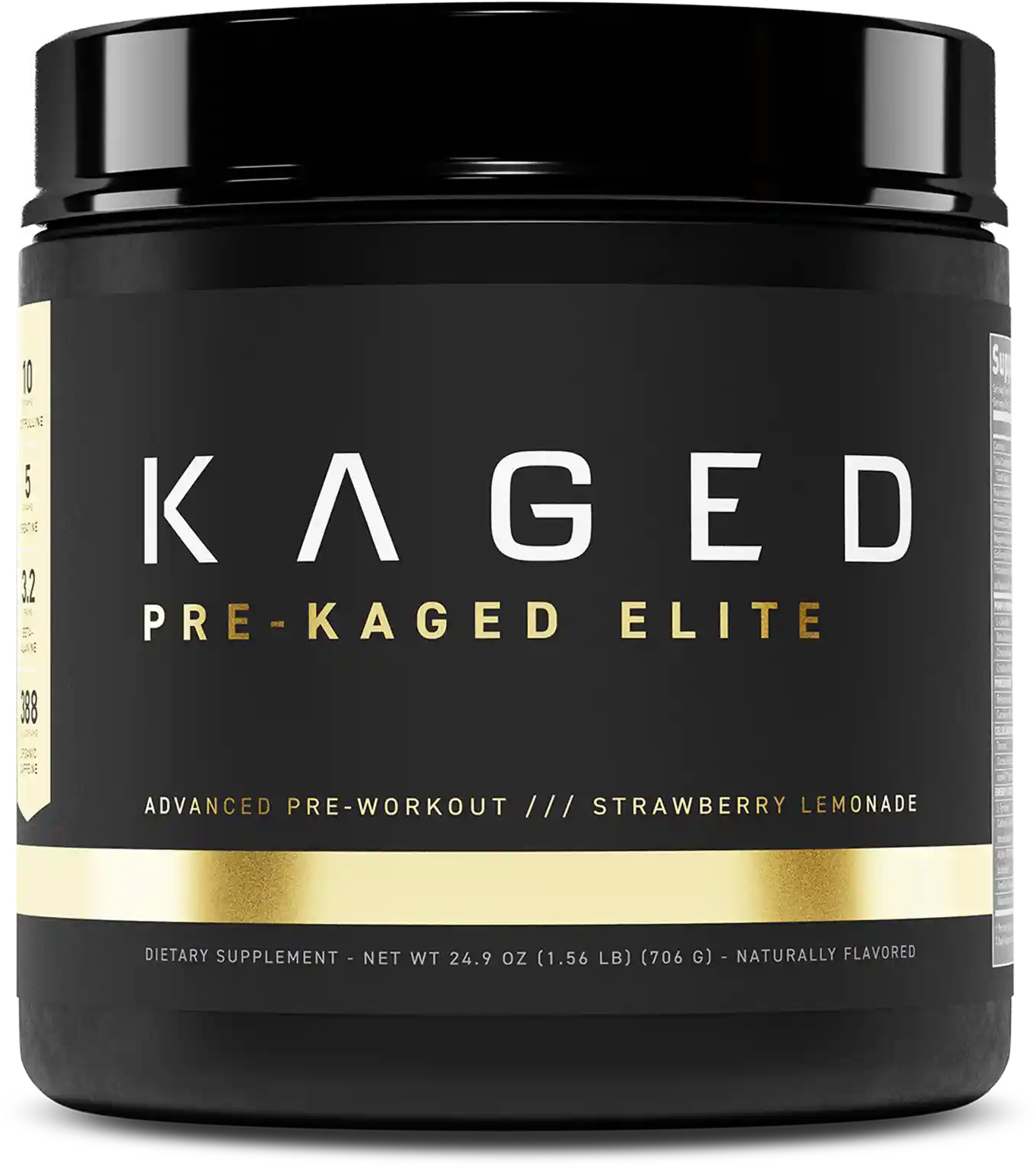
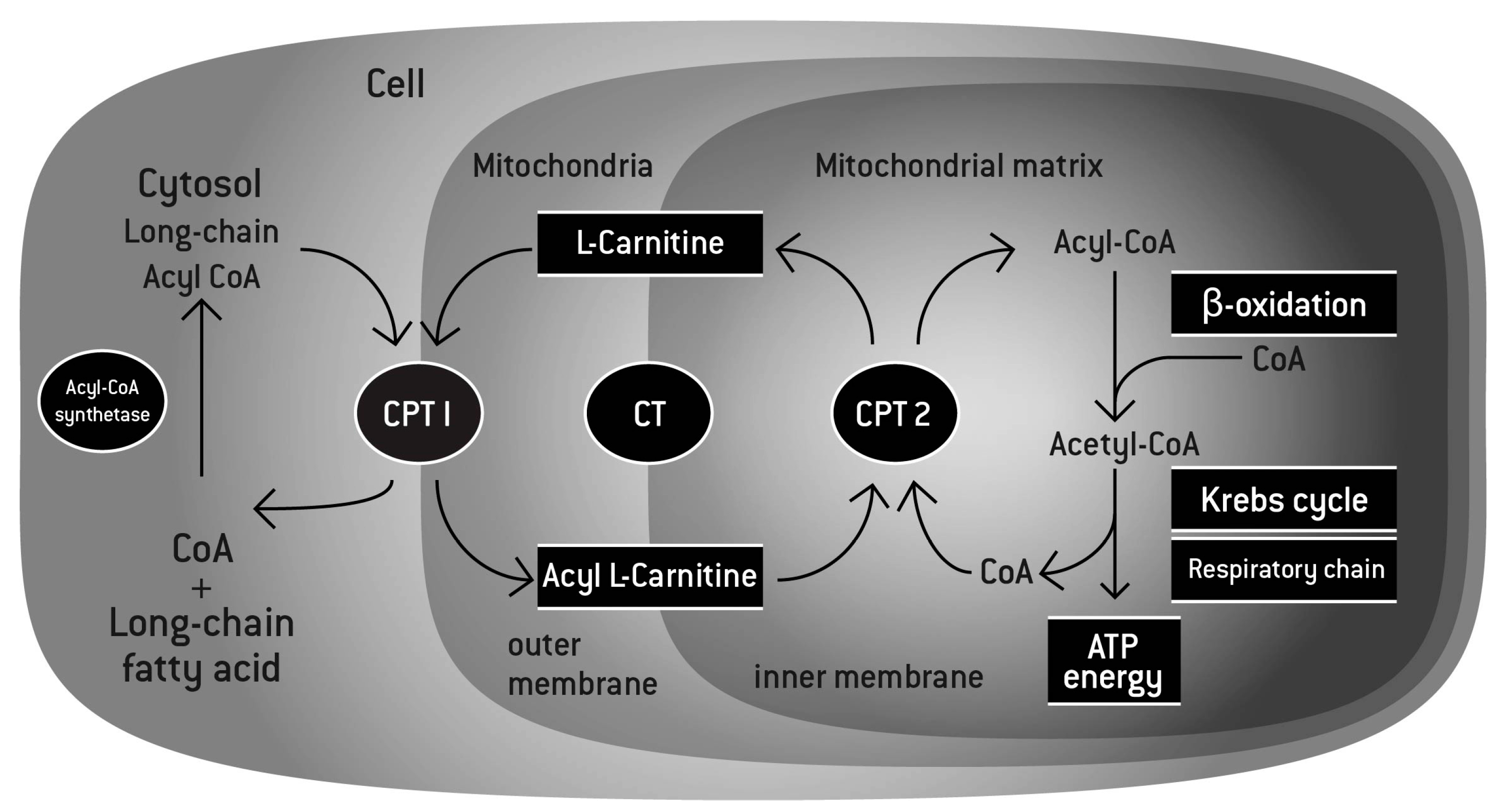

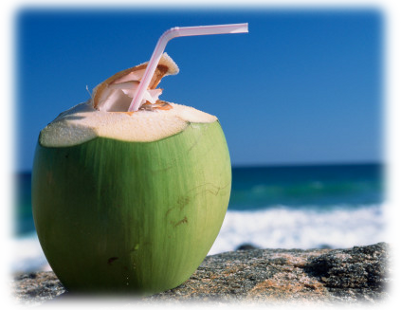
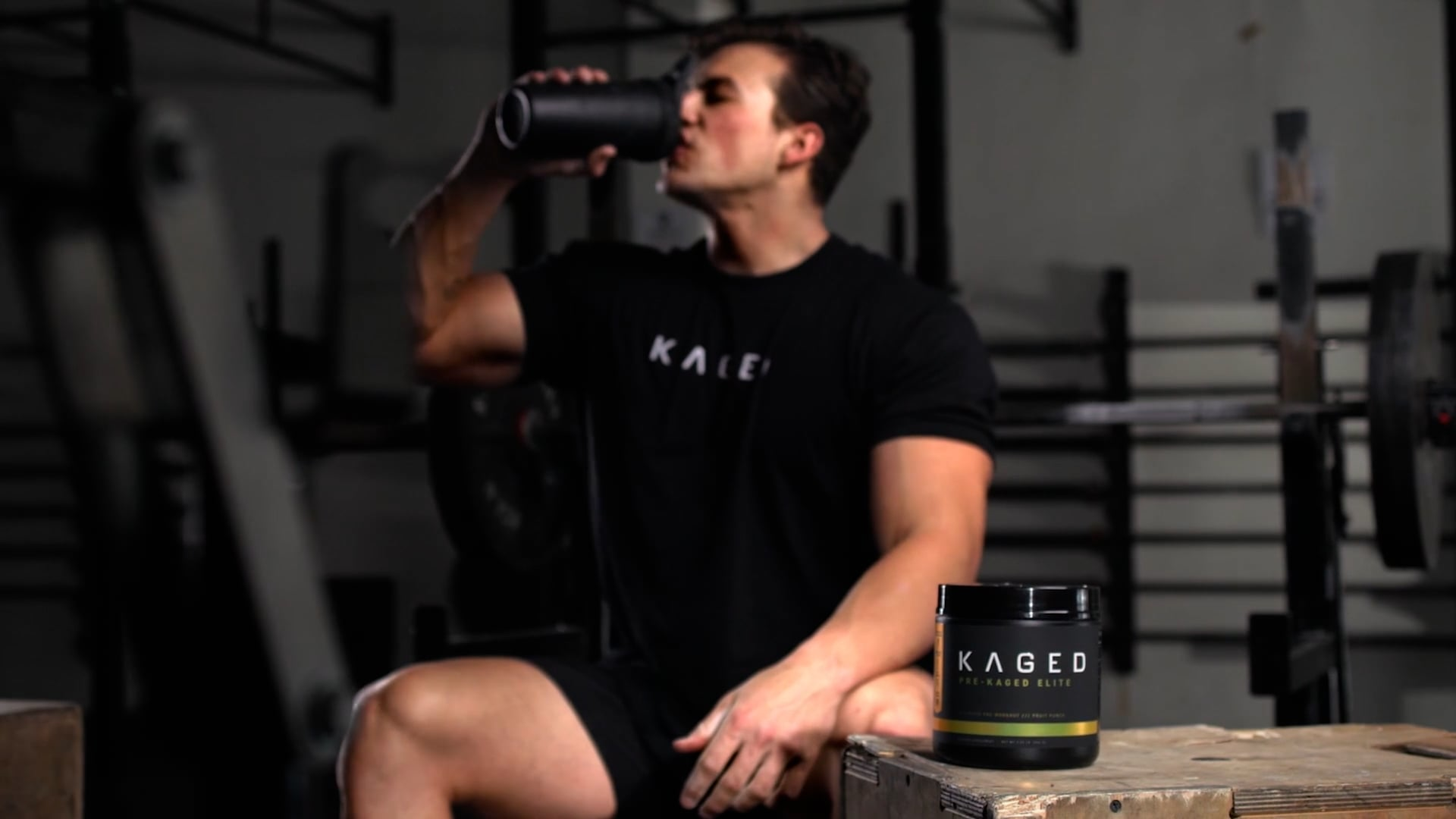
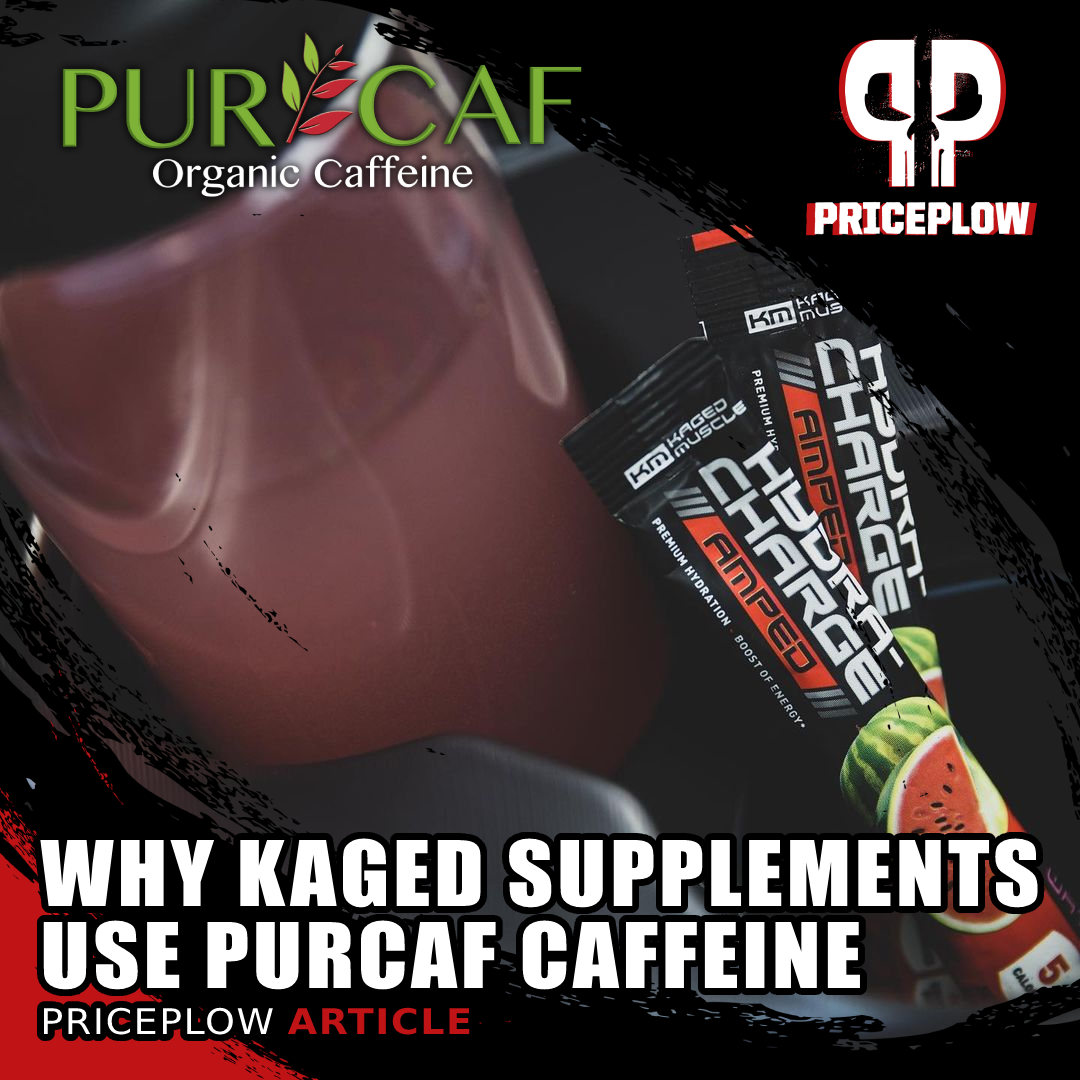
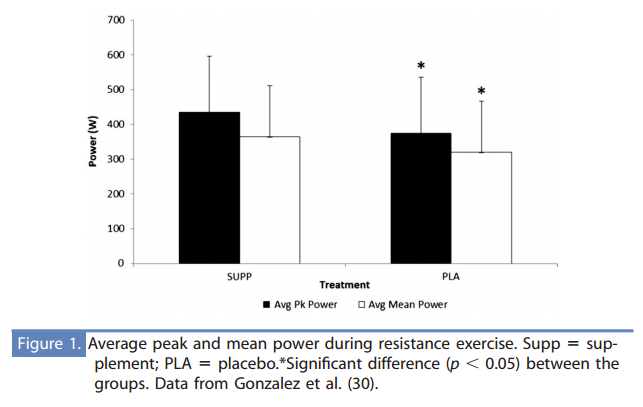
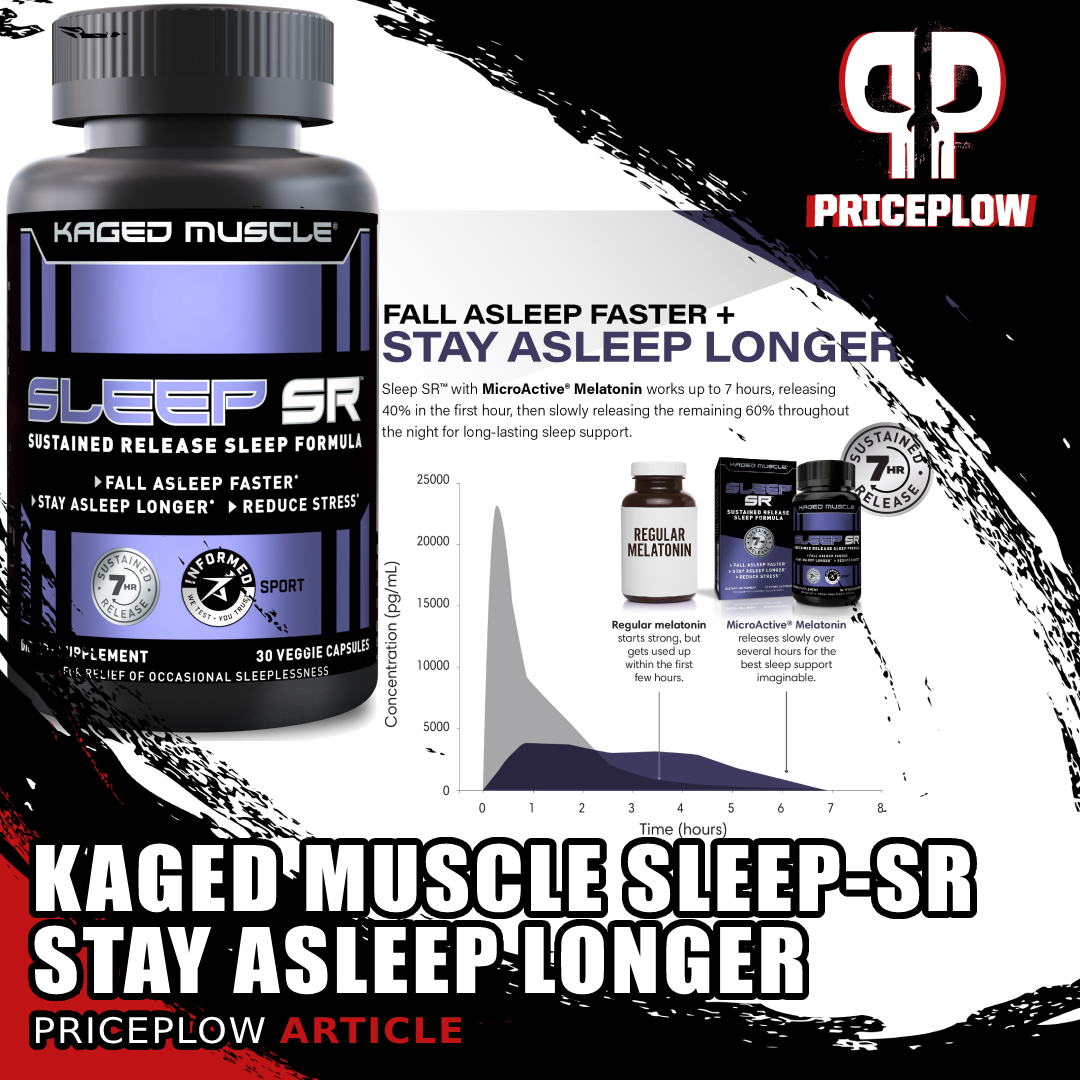
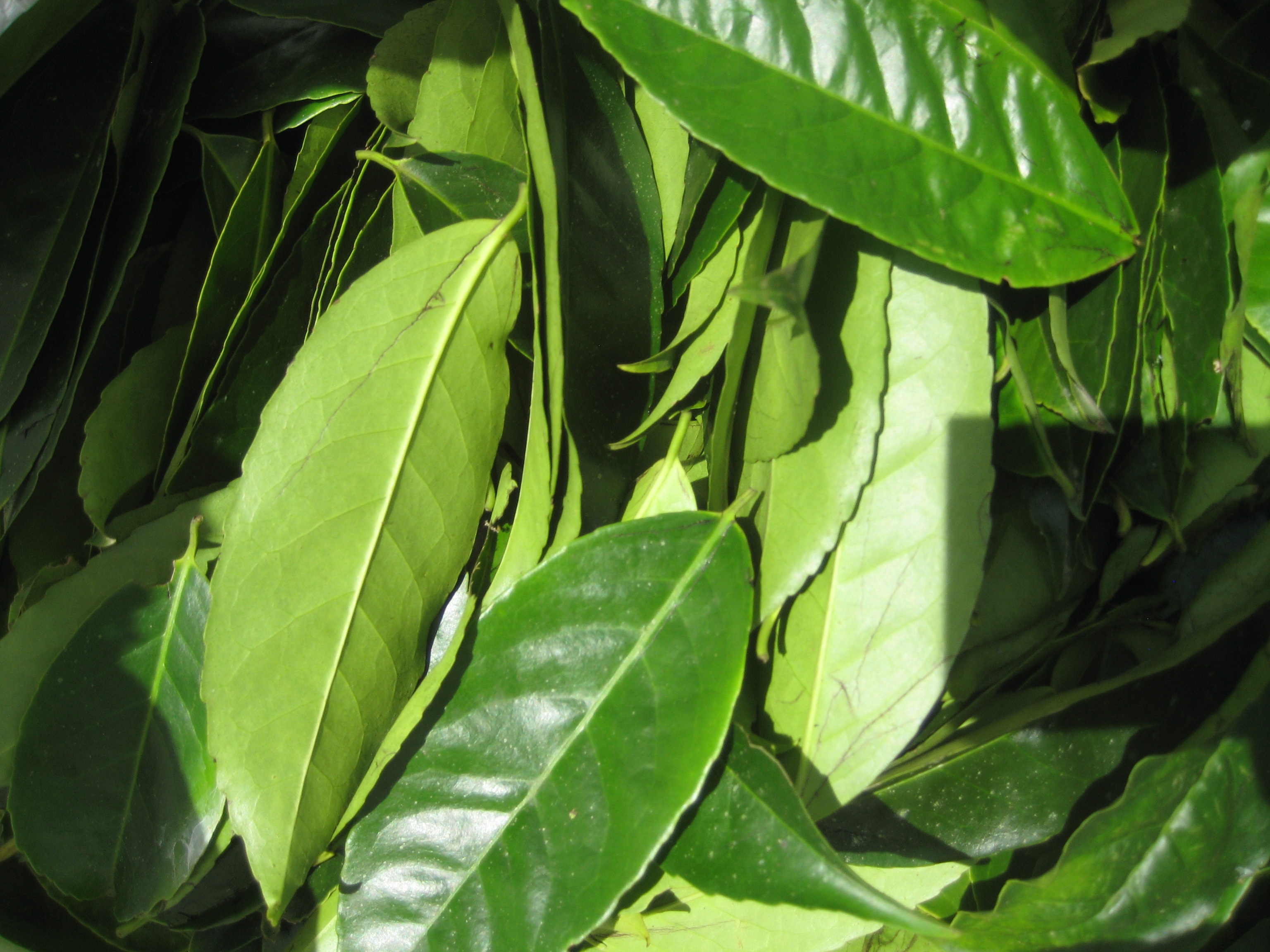
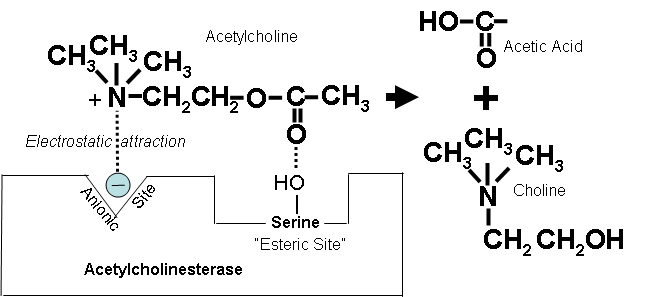





Comments and Discussion (Powered by the PricePlow Forum)